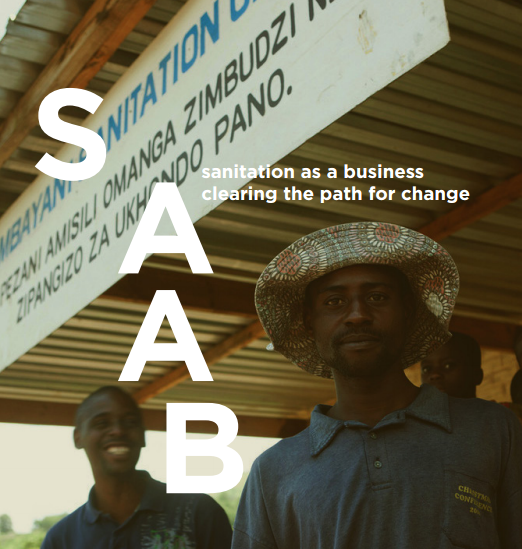What do we need to make a business out of sanitation.
Published on: 02/09/2014

When considering water poverty, most people won't immediately see, or want to see, the link with sanitation. It's more pleasant to visualise clean drinking water pouring from a tap than water flushing away excreta.
But the less pretty stuff is just as important - like unclogging toilets, and building latrines, and providing sanitary napkin containers and services for female students. That's all sanitation.
The first Unclogging the Blockages conference organised by IRC, PSI, Water for People and WSUP Enterprises, took place on February 18-20, 2014 in Kampala, Uganda. More than 170 people from in and out of the sector and around the world came together to explore the various challenges for sanitation as a business (SAAB) and began working on short and long-term solutions.
Participants identified seven key components to SAAB: (1) public sector; (2) business models; (3) finance; (4) technology; (5) demand creation and behaviour change; (6) monitoring; and (7) intersectoral links.
For each component participants plotted out potential outcomes and ways forward based on their ideas and a 30-day challenge, for example:
Business Models
The full set of action plans with a detailed breakdown by tasks and groups responsible for each of the seven themes is in the Unclogging the Blockages report. The Conference report, an accompanying factsheet and three articles, which emerged from the conference and were published in the July 2014 edition of Waterlines, are listed below as resources.
A full set of conference materials including Powerpoint presentations can be found via the link below to the SuSanA website.
There has been progress in getting a more effective balance between supply and demand for sanitation, as key stakeholders from the public and private sector are starting to work together, writes IRC's Marielle Snel in her guest editorial for the July 2014 issue of Waterlines "Inevitably, there is some way to go yet, but we are on the right path in achieving synchronization at obtaining sustainable sanitation for everyone forever".
At IRC we have strong opinions and we value honest and frank discussion, so you won't be surprised to hear that not all the opinions on this site represent our official policy.